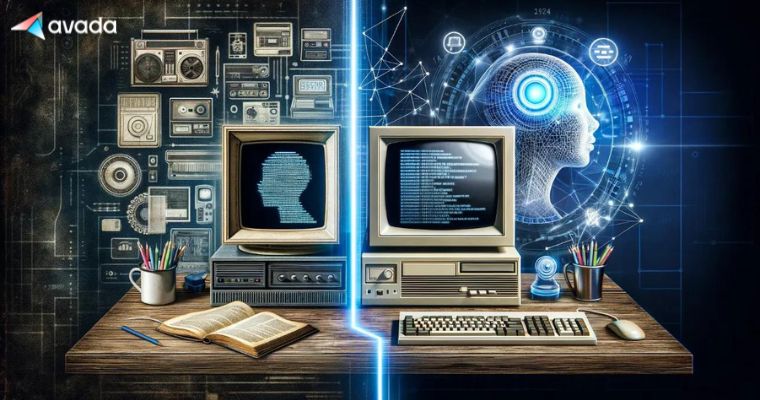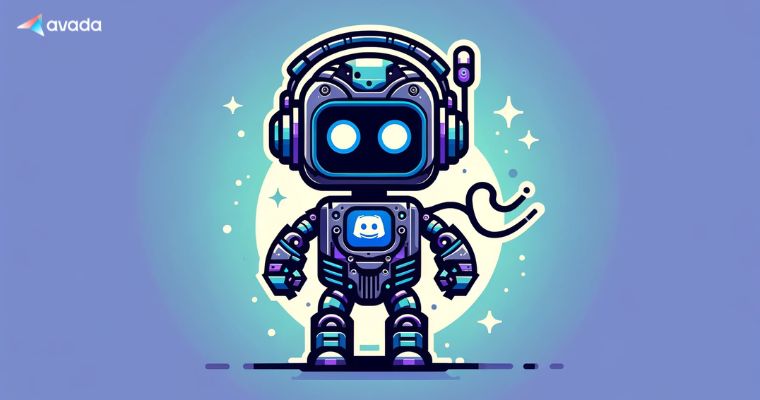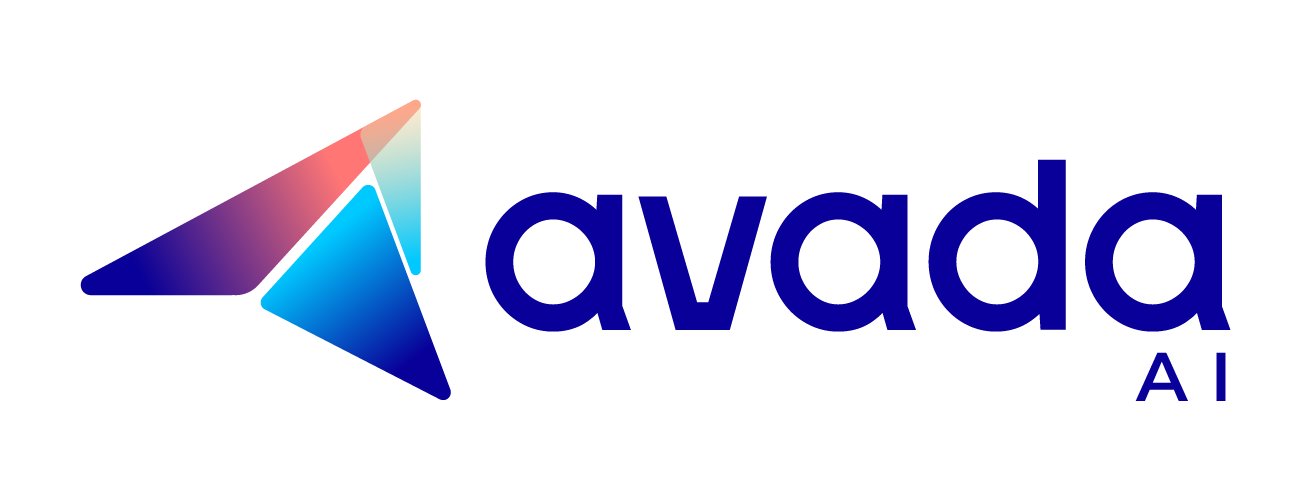10 Best Examples Of Text-to-image Generative AI Application
This article delves into the ten best examples of text-to-image generative AI applications, illustrating how they transform simple text inputs into vivid visual art.
Dall-E by OpenAI

DALL-E 3 is the latest openAI’s AI art generation. It captures details and nuances much better than earlier versions, making it easier to turn your ideas into highly accurate images.
Unlike older systems, which might miss certain words or details, forcing users to master complex prompts, DALL·E 3 excels in creating images that closely match your instructions. Now, users subscribing to ChatGPT Plus, Team, and Enterprise (starting at $20 per user per month) can access DALL·E 3 directly from ChatGPT chat. For developers accessing through the API, there’s a tiered pricing model, with costs starting at $0.040 per image.
With an intuitive and user-friendly interface, DALL-E has garnered a generally positive reception from its user base. However, some note that ChatGPT could benefit from speed improvements. Ratings reflect its well-received nature, with G2 scoring it at 3.8/5.0 and Capterra at 4.5/5.0.
Midjourney

Midjourney is integrated directly into Discord as a bot rather than a standalone platform that requires users to have a Discord account and join the Midjourney server. Once set up, it offers a broad spectrum of image creation options.
Users can create realistic images, such as portraits, city landscapes, abstract art, and web design layouts. Supported by an active community, Midjourney provides inspiration and help for art creation. It features advanced commands like “/describe” to start prompts and “/fast” for quicker results, improving the user experience while maintaining high-quality art.
Midjourney offers monthly subscriptions ranging from the Basic Plan at $10 to the Mega Plan at $120. All plans are available for yearly billing, with the annual option providing a 20% discount off the monthly price, billed up-front.
The Midjourney community appreciates the quality and creativity of the images produced, though some find the Discord environment overwhelming. It has earned a G2 rating of 4.4/5.0.
Image Creator from Microsoft Designer (formerly Bing Image Creator)

Image Creator by Microsoft Bing is a game-changer in digital art creation, allowing users to quickly produce various artistic styles, including illustrations, cartoons, and photographs, from text prompts. This tool uniquely generates four different art pieces at once based on the input, and its randomization feature adds an element of surprise to the creative process.
The images are created at a perfect 1024px square size, ideal for sharing online and on social media. Moreover, Image Creator works seamlessly with Microsoft Designer, making it easier to use AI-generated art in social media posts for platforms such as Instagram, Facebook, and LinkedIn, enhancing content creation.
Image Creator by Microsoft Bing is freely accessible, offering an invaluable resource for digital art creation without any financial commitment.
The community praises Image Creator for its user-friendly interface and convenience. However, there’s a notable desire for the ability to use generated images commercially. Ratings include 4.3/5.0 on G2 and 4.2/5.0 on Capterra.
Shutterstock AI

Shutterstock AI has become a leading force in stock content and digital art creation. Famous for its extensive collection of stock photos, videos, and illustrations, Shutterstock now offers a powerful text-to-image AI tool. This tool stands out for its user-friendly interface, making it easy to create diverse digital art quickly.
A key feature is its capacity to generate four different versions of an image at once for deeper exploration and refinement of creative ideas. Moreover, Shutterstock enables easy downloading or integration of images into its Creative Flow editor. It also presents a special chance for artists to earn by selling licenses for their digital artworks.
Shutterstock AI caters to diverse needs with its pricing models. For one-time projects, it offers Standard packs starting at $29 and Enhanced packs from $199, both valid for one year. For regular users, the Subscribe & Save plan is available at $29/month, with options for an annual subscription that can be paid monthly or upfront, saving up to $49. This flexible pricing ensures that whether you’re working on a single project or need continuous access to images, Shutterstock AI has a plan that fits.
Despite some critiques regarding customer service, Shutterstock enjoys a positive reception within its community, with praises for its extensive resources and high-quality output. Its ratings are 4.4/5.0 on G2 and 4.7/5.0 on Capterra.
Picsart

Picsart is a comprehensive photo and video editing platform with AI features, offering a free tool for creating images from text. Users can produce unlimited visuals for blogs, social media, and personalized AI avatars using a single interface. Beyond crafting images, Picsart enhances them with effects like lens flares, shadows, and filters applied directly to the AI-made art.
An impressive feature is its ability to animate still images into engaging videos, expanding creative options. The platform supports exporting in formats like JPG, GIF, and MP4, making it easy to fit into any digital content plan.
It is accessible through a free plan incorporating a watermark on exports. Picsart’s paid subscriptions begin at $13 per month for those seeking watermark-free outputs and access to premium features.
Picsart enjoys favorable reviews for its versatility in editing, color grading, and its wide array of features. However, the watermark on the free version’s exports is a common critique among users. It has garnered a rating of 4.5/5.0 on G2.
Canva

Canva, a popular online image editor, now includes an AI text-to-image tool within its comprehensive editing suite. This addition enhances Canva’s extensive tools, enabling users to create AI-generated images for various uses, including social media content, documents, and letterheads.
Canva’s pricing model includes a comprehensive free plan alongside the option for Canva Pro, priced at $14.99 monthly. This subscription model caters to users seeking advanced features and an expanded array of resources.
With high ratings of 4.7/5.0 on both G2 and Capterra, Canva is celebrated for its user-friendly interface, efficient background removal tool, and broad suite of time-saving design features.
Jasper Art

Jasper Art is a feature-rich text-to-image generator part of the Jasper AI suite. It quickly turns text prompts into high-quality images, photos, and illustrations without watermarks, offering unlimited creation from unique graphics for projects and advertisers to compelling campaign visuals, blog images, and social media posts. Users can customize their artwork through text prompts, adjust settings, and use templates to spark new ideas, meeting various creative demands.
It offers a 7-day free trial, with paid plans starting at $49 a month, giving users a flexible tool for many projects, from personal to professional content creation.
The community has embraced Jasper Art warmly, praising its ease of use, efficiency, and the quality of outputs. Ratings reflect a high level of satisfaction, with G2 giving it a 4.7/5.0 and Capterra a 4.8/5.0.
ImageFX by Google

ImageFX is the latest addition to the AI-driven image creation scene, leveraging the advanced Imagen 2 text-to-image model to produce highly realistic visuals.
Unique to ImageFX are ‘expressive chips,’ which suggest stylistically related keywords to users, allowing for the generation of visually coherent designs. This feature puts ImageFX ahead of competitors like DALL-E 3 and Midjourney regarding design consistency.
Currently, it’s available for free only to English speakers in a few countries, including the United States, Australia, New Zealand, and Kenya.
As a newly introduced tool, ImageFX has not yet accumulated extensive community feedback or ratings on popular review platforms. Early adopters are encouraged to explore its capabilities and contribute to the growing body of user experiences.
Generative AI by Getty Images

In a strategic move, Getty Images has partnered with Nvidia to unveil “Generative AI by Getty Images,” leveraging Getty’s extensive library of licensed photos. This tool is powered by Nvidia’s Edify model from the generative AI library, Picasso, ensuring users benefit from strong copyright protection. This tool benefits advertisers, content creators, and businesses seeking legally safe content.
Unlike competitors that often produce artistic or abstract images, this tool specializes in creating realistic human figures and images that resemble stock photos, ensuring commercial usability with full copyright indemnification for legal protection.
Getty Images takes a customized approach to its “Generative AI by Getty Images” tool, requiring users to request a demo and discuss pricing individually.
Generative AI by Getty Images has yet to accumulate substantial community feedback or public ratings as a relatively new entrant.
Dream by WOMBO

Dream by WOMBO is an innovative AI-driven platform that turns text prompts into beautiful digital art in abstract, watercolor, retro, and sci-fi styles. Its standout feature is its versatility, with more than 30 styles and presets, plus the option to edit parts of the AI-generated art for precise customization.
Accessible on Android, Apple, Discord, and desktop, Dream by WOMBO appeals to a wide audience. It’s also recognized for its unique ability to combine NFTs with AI, positioning it as a key player in digital art.
Dream by WOMBO provides a free plan for users, allowing the generation of one image at a time without watermarks. For those seeking more advanced features, paid plans start at $9.99 monthly, enabling the generation of up to four images simultaneously and the option to transform AI art into videos.
Community reviews and ratings of Dream by WOMBO are generally positive, with users praising its ease of use and the quality of AI-generated art.
How To Write The Best Text Prompts For Text-To-Image Generative AI Applications
Writing effective text prompts for text-to-image generative AI applications involves clarity, specificity, and creativity. The goal is to guide the AI in generating images that closely match your vision. Here are some tips to help you craft the best text prompts:
Specify Subjects and Their Characteristics
Be as detailed as possible about the main subjects of your image. Instead of “a bird,” specify the type, color, size, and what it’s doing. For example, “A majestic bald eagle, with its wings spread wide, soaring above a calm, reflective lake at sunset.”
Incorporate Mood and Atmosphere
The mood and atmosphere can drastically change the perception of an image. Describe the emotional tone or atmosphere you want to convey, such as serene, chaotic, joyful, or mysterious. For example, “A serene, early morning scene in a lush, dew-covered forest, with the first rays of sunlight piercing through the dense foliage.”
Detail the Setting and Environment
Go beyond the main subject by describing the setting in detail. Include information about the location, time of day, weather, and any notable features of the environment. For example, “An ancient, moss-covered stone bridge over a bubbling creek in a misty, enchanted forest at dawn.”
Describe Colors and Textures
Colors and textures bring an image to life. Be specific about the colors you envision, including shades, tones, and contrasts. Textures like smooth, rough, glossy, or matte surfaces can add depth and realism. For example, “A vibrant sunset with hues of deep orange, fiery red, and purple, reflecting off the smooth, glassy surface of the ocean.”
Influence the Composition and Perspective
Dictate how the elements of your image should be arranged and from what perspective the scene should be viewed. Specify if you want a close-up, wide angle, bird’s-eye view, or a particular perspective. For example, “A wide-angle view of a sprawling, neon-lit cityscape at night, seen from the top of a high skyscraper.”
Mention Artistic Style or Influences
If you have a specific artistic style or era, mention it explicitly. You can refer to historical art movements, particular artists (where applicable), or modern styles. Describe the style’s characteristics if you’re not mentioning a name. For example, “In the style of Impressionism, capture a bustling Parisian café scene, with soft brush strokes and vivid light contrasts.”
Include Unique or Creative Elements
Don’t be afraid to add unique, unexpected, or creative elements to your prompt. This can lead to original and captivating images. For example, “A futuristic city where the buildings are made of shimmering crystal and glass, with floating gardens in the sky and neon lights that color the clouds.”
Bottom Line
Text-to-image generative AI applications are transforming artificial intelligence, introducing groundbreaking solutions across design, entertainment, and virtual reality. These technologies herald a new age of creativity and efficiency, revolutionizing how content is created and visualizations are conceived, expanding the boundaries of what’s possible in digital creation.

ChatGPT’s Second Anniversary

How to Use Kayak ChatGPT Plugin to Plan Your Trip

